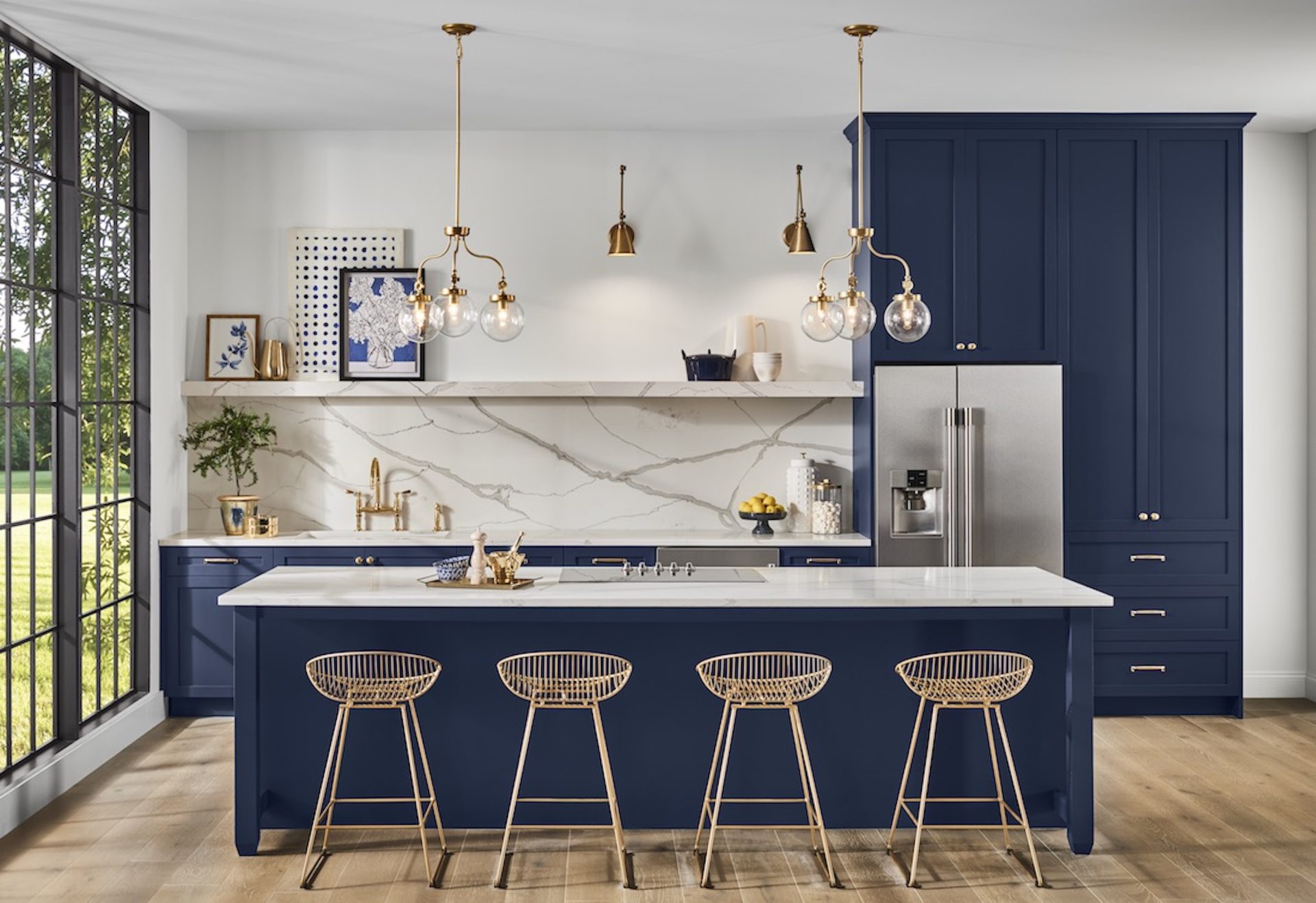Siena is a natural mineral pigment, which stands out for its shade of reddish brown ocher. It is used in painting by prehistory, for its transparency and solidity. It takes its name from the Italian city of Siena, where it was originally extracted, but is also found in other regions of the world. There are two types of land from Siena: natural and burnt, which differ in their composition and color. Find out what the land of Siena is, how it is done, what its advantages are, its disadvantages and how to use it for your artistic or decorative projects.
What is the land of Siena?

The land of Siena is an iron oxide pigment, which mainly contains iron oxide (III) FE2O3 (from 40 to 50 %) and manganese oxide (1.5 %) and clay. It differs from the Ocher, which contains more iron clay, for its transparency and heat. It is part of the PBR7 reference pigments of Color Index1. Its land is in the form of fine powder, which can be mixed with different binders, such as oil, lime, cement, plaster, glue or water, to obtain a paint or a coating. It can be used for all pictorial techniques, such as oil painting, water paint, fresco, temple, pastel or watercolor. It can also be used to dye with materials, such as wood, paper, fabric or ceramic. The land of Siena is a stable pigment, which resists light, humidity and aging. It is also ecological and not toxic, because it does not contain solvents, synthetic resins or allergens. Therefore he respects the environment and the health of users.
How is the land of Siena made?
The land of Siena is extracted from natural deposits, located mainly in Italy, but also in France, Germany, England, Mexico, China or the United States. It is then washed, crushed, sifted and dried, to obtain a homogeneous and pure dust. There are two types of Siena: natural and burnt. The natural natural earth is brown yellow, more or less clear depending on the percentage of iron oxide and manganese oxide it contains. The burnt incorrect earth is obtained from the calcination of the land of its natural, i.e. heating at high temperature. This process changes the chemical composition of the pigment, which therefore contains more red iron oxide and more manganese oxide than the natural natural earth. The burnt soils are therefore reddish and dark than the land of its natural and its shadow varies according to the degree of calcination.
What are the advantages of the land of Siena?
The land of Siena is a pigment appreciated by artists and decorators, for its aesthetic and practical qualities: it is aesthetic: it offers a range of warm and faded colors, from yellow to brown red, which adapt to all styles and all the atmospheres. It makes it possible to create effects of matter, light and depth, thanks to its transparency and relief. It is good with other pigments, such as ocher, shadow lands, white or black, to obtain harmonious and thin blends. It is practical: it is easily mixed with different binders, depending on the pictorial technique or the chosen support. It is easily installed with suitable tools, such as spatula, brush, roll or sponge. It dries quickly and does not smell the smell. It is stable and durable, because it does not disclose, it does not break and does not deteriorate over time.
What are the disadvantages of the land of Siena?
The land of Siena also has some disadvantages, which must be known before using it: it is absorbent: it absorbs a lot of constraint, which can reduce its roofing power and its sorception, especially for the land of its natural. We must therefore add a binding agent, such as flax seed oil, to accelerate drying. It is also necessary to avoid overlapping too many layers of paint, so as not to create cracks or blisters. It is difficult to achieve: the land of natural Siena is a rare pigment, because it comes from limited and variable quality deposits. It is often replaced by quality synthetic iron oxides in large part, less thin and less nuanced. It is therefore necessary to pay attention to the origin and composition of the pigment, so as not to be disappointed by the result.
How to use the land of Siena?
Siena is a versatile pigment, which can be used for many artistic or decorative projects. Here are some ideas to integrate it into your creations: for oil painting: Siena Terre is one of the basic colors, which are used to produce glacis, shadows, skin tones or landscapes. He is appreciated by painters for his transparency and solidity. For example, it was used by Rembrandt, Corot, David, Géricault, Ingres or Rousseau. For the oil paint, mix its soil with flax seed oil and a tanning agent, to obtain a smooth and fluid pasta. It must therefore be applied with a brush or spatula, with thin and regular layers, on a support prepared with a coating or a sub -tin. For water paint: the land of Siena can be used for water paint, such as watercolor, pastel, gouache or acrylic. It creates effects of light, depth and matter, thanks to its transparency and relief. It is good with other colors, such as blue, green, purple or pink, to obtain soft and harmonious shades. For the water paint, mix its soil with water and a binder, such as Arab rubber, glue for the skin, honey or a glacis binder to obtain a liquid and homogeneous pasta. It must therefore be applied with a brush, a roller or sponge, in thin and overlapping layers, on an absorbent support, such as paper, cardboard or wood. For the fresco: the land of Siena can be used for the fresco, a pictorial technique that consists in painting on a fresh lime -based coating. It allows you to create resistant and resistant decorations, with bright and nuanced colors. It is widely used in historical, religious or cultural buildings, to decorate walls, ceilings or facades. For the fresco, it is necessary to mix the soil of Siena with extinct water and lime, to obtain a fluid and homogeneous pasta. It must therefore be applied with a brush, a spatula or a sponge, with thin and fast layers, in a still wet coating. You have to be careful to respect the lime, which can vary from a few minutes to a few hours, depending on the climate and support. For interior decoration: the land of Siena can be used for interior decoration, to give charm and warmth to your rooms. It can be used to dye with coatings, paintings, waxes or spots, to create effects of matter, light and depth. It can also be used to skate furniture, objects or frames, to give them an old and authentic aspect. For the interior decoration, mix the soil of Siena with the product of your choice, depending on the desired dosage and shadow
Where to find unique quality?
If you want to use Siena Terre for your artistic or decorative projects, you can contact a Bioliors, a company specialized in ecological and natural coverings. Biological offers you natural or burnt, French production, professional quality and very interesting prices. You can choose between different packaging and benefit from personalized advice to be successful in your project. Biological also offers practical internships to learn how to use the land of Siena. Do not hesitate to visit the Biolooking website to discover Siena’s products and results. To give you an idea, we invite you to look at the shadow of suede in the color table of Tadelakts, composed largely of natural land and a small ground burned for its slightly orange side. You will also find this color in the Brush family. Or the natural shadow of Terre de Siena in Tadelakt, consisting only of this fabulous pigment, and also the pink shade suck in the category of brushes composed of burnt soil.
ULatest Posts

How to get the most beautiful paintings in watercolors

Sport Home – How to organize a fitness room in your home

Which background we put in the bedroom – simple ideas to follow

Decorations for a girl’s room: how can you create a personalized bedroom?
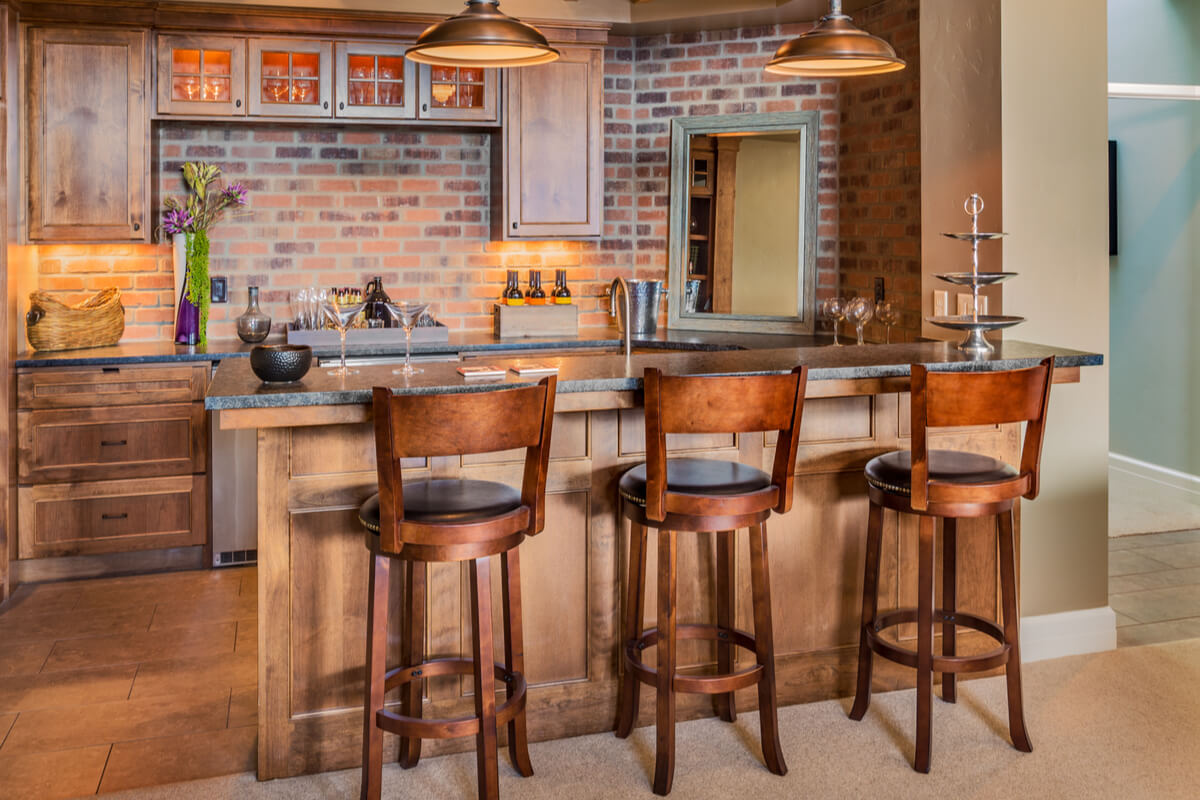
Rustic bars models – Tips and ideas to organize a bar at home!
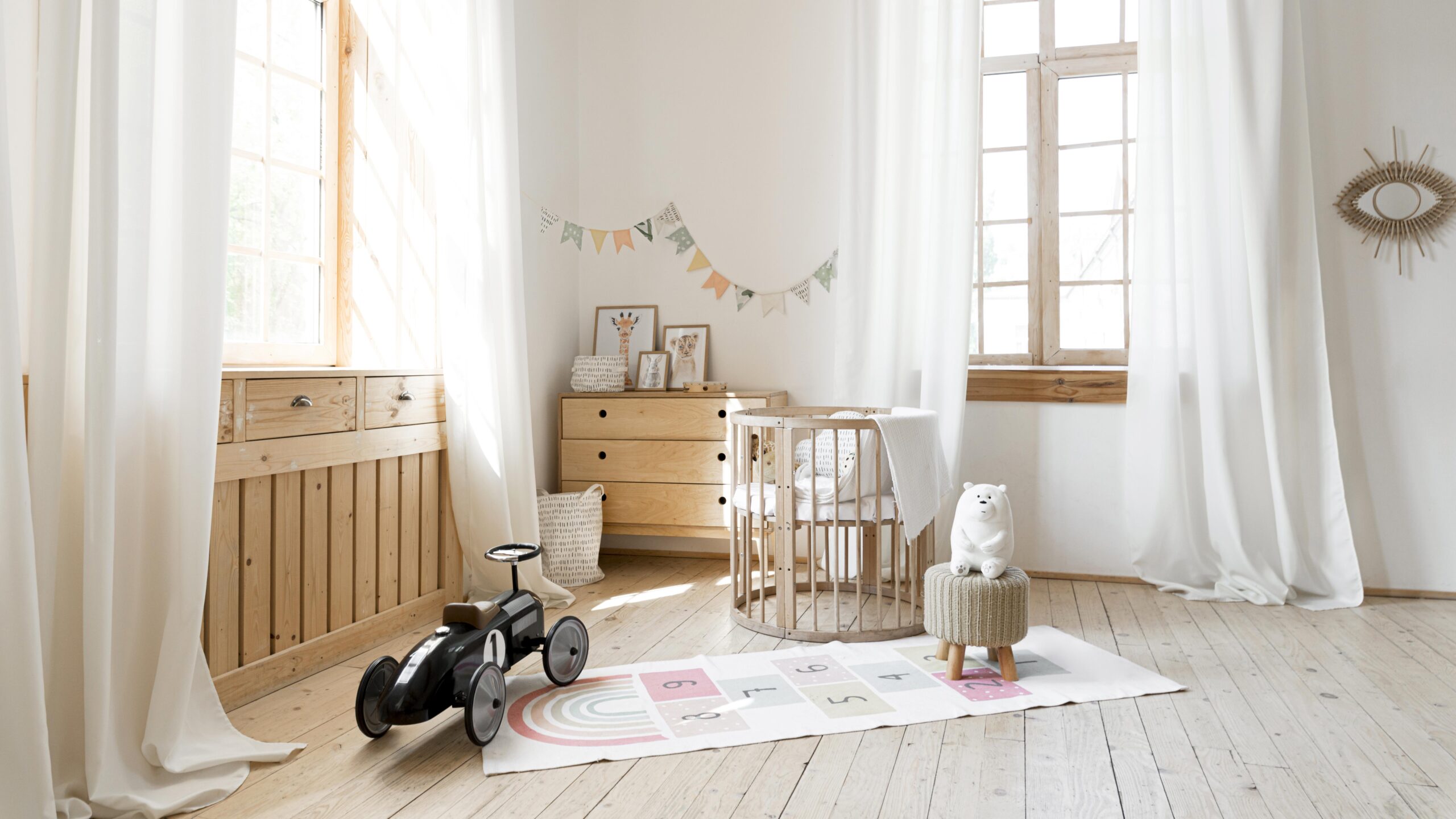
Over 10 color ideas suitable for your child’s room and how to choose the right shade
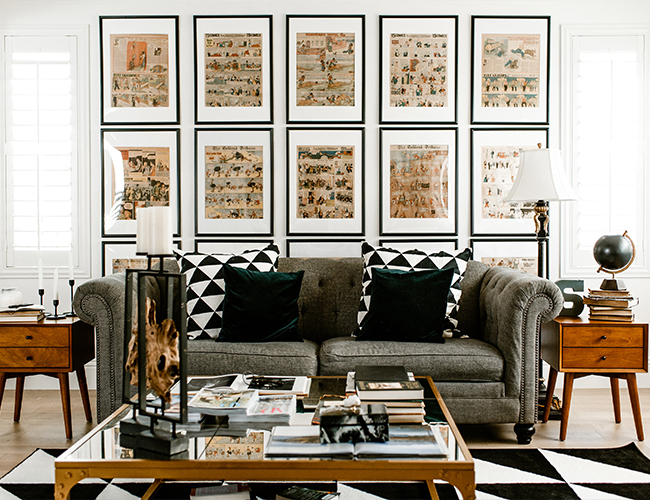
Living Art Deco: Guide to the essential arrangement
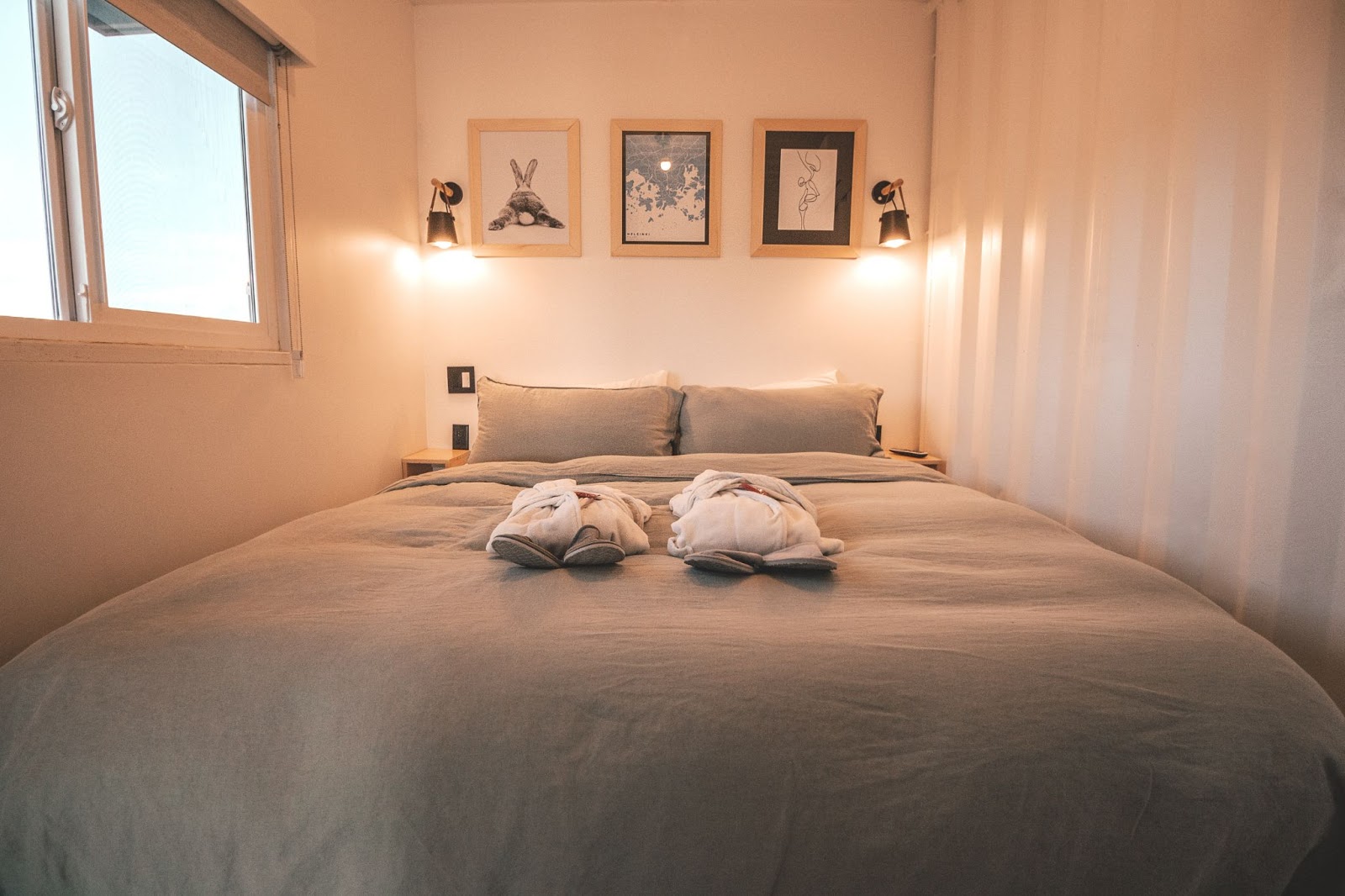
Decor for Girls’ Room: from the loving princesses to teenagers in love with Beautiful
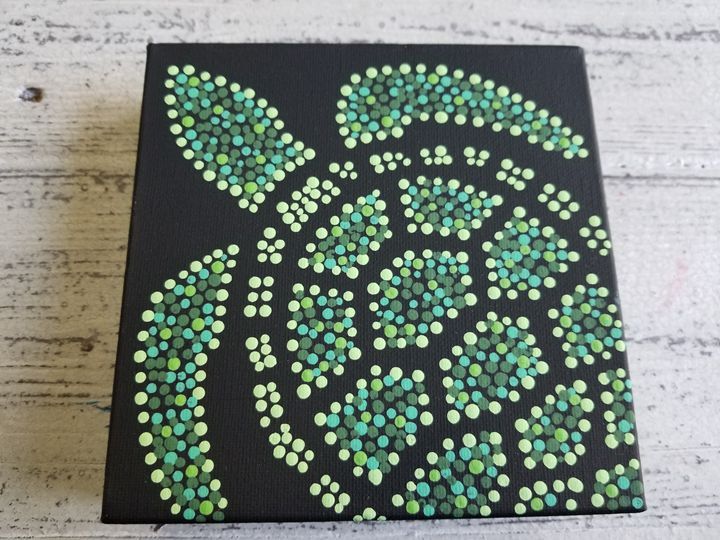
What are the first steps, the necessary materials
